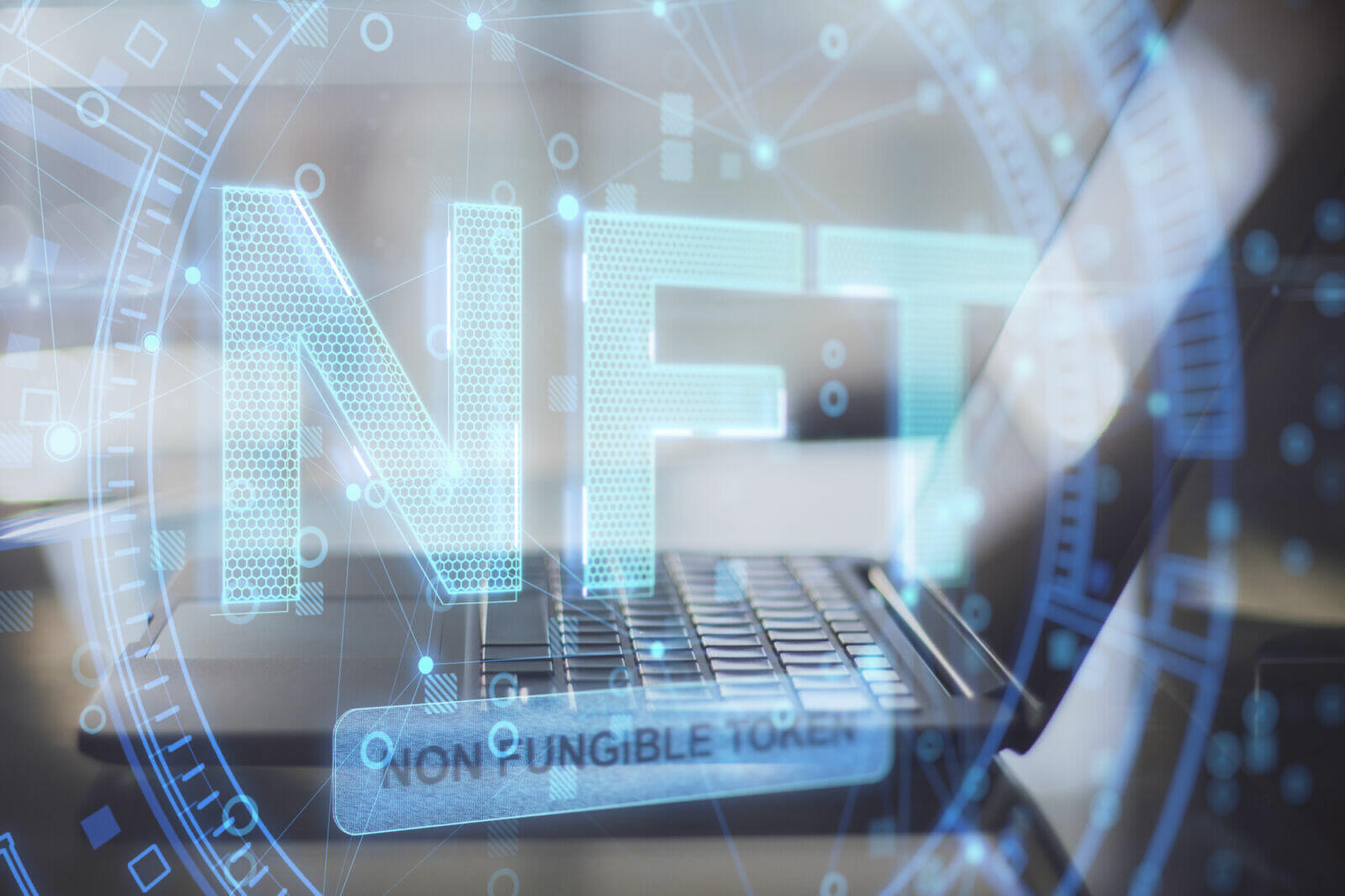In the evolving digital landscape, the rise of non-fungible tokens (NFTs) has been nothing short of a rollercoaster ride. While these digital assets have captured immense popularity, they’ve also encountered their fair share of criticism from both the art community and the general public. As is often the case with groundbreaking technology, NFTs were initially greeted with skepticism, labeled as problematic, untested, and potentially detrimental to the art world. However, the tides have since shifted, and the perception of NFTs now resides in a more positive or, at the very least, a neutral light. Notably, this innovative technology has found a home not only among digital enthusiasts and artists but also within the hallowed halls of prestigious museums and galleries. This makes Digital Basel specialists raise an important question: Where does the truth lie?
Let’s embark on a journey through history to figure out the reasons behind the initial controversy surrounding NFTs. We will explore the actual benefits they offer to users and shed light on the role of entities like Digital Basel in this cutting-edge industry.
What is an NFT?
Non-fungible tokens, or NFTs, are digital assets that represent various physical items, such as paintings or photographs, in the digital realm. They harness the power of blockchain technology and smart contracts to provide their owners with certificates of ownership, traceable provenance, and automated trading capabilities.
While NFTs may initially appear as nothing more than overpriced digital images, they offer a much wider range of functionality. When an artist or art institution decides to tokenize their work, they essentially record a digital representation of their creation on a blockchain. During this process, they define the token’s characteristics, including its initial cost, terms of use, description, and other pertinent details. Once this record is created, known in the industry as “minting” an NFT, the issuer can upload and sell their token on various platforms or marketplaces. These tokens may seem like complex digital files, but they serve a crucial purpose by enabling both issuers and collectors to trace the origin, protect intellectual property, and verify the authenticity of their acquisitions.
It’s important to note that NFTs represent physical assets and can be bought and sold online. According to research by Digital Basel specialists, they typically do not grant ownership of the physical items themselves. This unique feature enables artists and art institutions to monetize their masterpieces without parting ways with the originals.
NFT Adoption and Its Critiques
The NFT world was thrust into the spotlight when Beeple’s “Everydays: The First 5000 Days” was sold for a staggering $69 million. This watershed moment fueled the NFT frenzy, driven by media hype, a growing digital audience, and blockchain enthusiasts. While some celebrated this novel digital format, others greeted NFTs with skepticism and apprehension, highlighting four major concerns:
Environmental: At that time, many blockchains relied on energy-intensive proof-of-work mechanisms, raising concerns about the environmental sustainability of NFT creation and trading.
Financial: The NFT market witnessed tokens, including those of dubious artistic value, being sold for exorbitant sums, raising concerns about speculative bubbles.
Proprietary: Early on, artists discovered their digital works tokenized as NFTs without their consent, highlighting challenges in verifying the authenticity of NFTs.
Regulatory: The relatively unregulated NFT market gave rise to scams and fraudulent schemes, leaving investors and collectors vulnerable.
However, it would be a mistake to dismiss NFTs as a technology that poses universal threats, fosters speculation, and harms the environment. We at Digital Basel believe that the reality is more nuanced. Like any innovation, NFTs require time and effort to evolve beyond cutting-edge novelties or fleeting trends.
What is the Truth?
Despite the initial hype, backlash, and saturation, NFTs have firmly established themselves in the market, thanks to their diverse utility and support of dedicated platforms like DigitalBasel. When artists or art institutions tokenize their creations, they unlock various advantages:
Separation of Digital and Physical: NFTs enable the sale of digital copies independently of the physical originals.
Provenance Verification: They offer a transparent ledger, ensuring the authenticity of the tokens.
Automated Trading: NFTs facilitate automatic sales on digital marketplaces.
Global Accessibility: The digital nature of NFTs makes them borderless assets, accessible and tradable worldwide.
Furthermore, these digital assets have applications in virtual reality, augmented reality, and metaverses, offering owners unique experiences. This innovative revenue stream benefits all participants in the art market, especially as the digital user base continues to expand.
While concerns such as environmental impact and speculation once loomed large, the NFT landscape has evolved. Some blockchains have shifted to the more eco-friendly proof-of-stake mechanism, and platforms, including DigitalBasel, have adopted more rigorous curation practices and prioritized collaboration with verified artists, thereby mitigating intellectual property concerns.
The State of Affairs
Nevertheless, challenges remain. Many blockchains still operate on environmentally taxing systems, and regulations for blockchain-based assets remain elusive in most countries. For platforms like DigitalBasel, this regulatory vacuum has opened the door to act as intermediaries, safeguarding both collectors and issuers.
NFT Investment and Its Worth
Art institutions should consider embracing NFTs for several compelling reasons:
Inclusivity: NFTs democratize art collecting by enabling a broader range of individuals to participate in the market, expanding outreach, and engaging a diverse community.
Transparent Provenance: NFTs provide a transparent and immutable ledger, assuring both issuers and collectors of artwork authenticity. So, these details are preserved forever, even when another collector purchases the token.
New Revenue Streams: NFTs offer a diversification of income sources, allowing art institutions to monetize art through direct sales and receive royalties on resales. For example, at Digital Basel, issuers can use smart contracts to receive royalties on secondary markets.
Global Reach: These borderless assets can be bought and sold worldwide, regardless of the initial platform.
Community Engagement: NFTs facilitate direct engagement with art enthusiasts, fostering online communities and enabling ecosystems in VR, AR, or metaverse spaces.
Contemporary Art Appreciation: NFTs tap into the interest of digital collectors in art’s capital appreciation and low loss rates, making valuable art assets more accessible.
Art institutions, however, should tread carefully, considering potential issues like environmental impact and speculation while formulating a strategy. Alternatively, they can seek the support of specialized organizations like Digital Basel.
Organizations Tuned to the NFT Industry
In the realm of digital art, specialized organizations like Arcual and Digital Basel play essential roles. Arcual focuses on creating added value for existing artworks by providing digital art dossiers to buyers. On the other hand, Digital Basel acts as a facilitator, assisting art institutions in finding their audience by offering a platform and marketing services, conducting due diligence, and ensuring a satisfactory experience for all parties involved.

With more than 200 galleries already benefiting from Digital Basel’s services, adopting NFTs becomes a smoother and more secure process. Thus, Digital Basel and many other platforms not only help institutions sell their digitized assets but also mitigate industry challenges while expanding their outreach.
In conclusion, according to Digital Basel’s research, NFTs are not the problematic technology some critics claim. While issues persist, the benefits they offer to art institutions are substantial. Embracing NFTs requires a thoughtful and ethical approach, weighing potential concerns against the advantages they bring. With the growing support of organizations like Digital Basel, the NFT art industry beckons, offering unique opportunities worth exploring.




